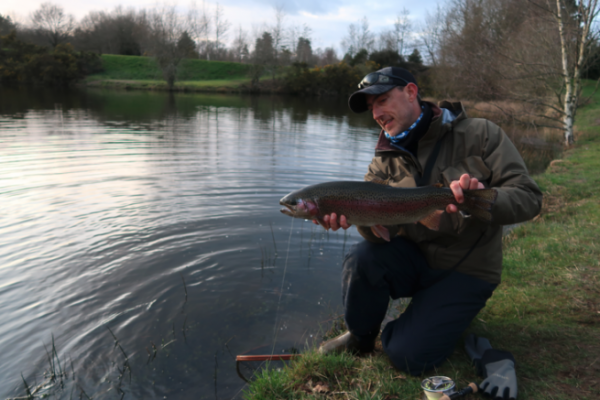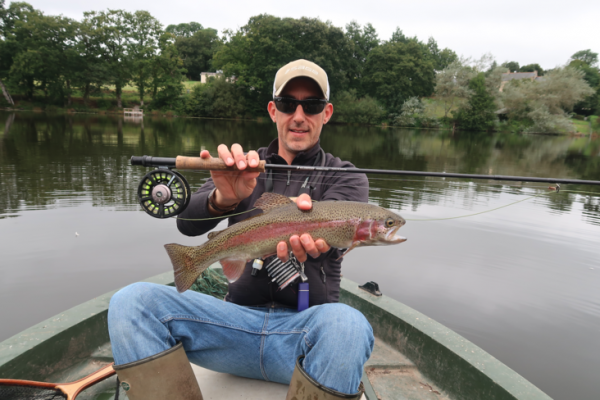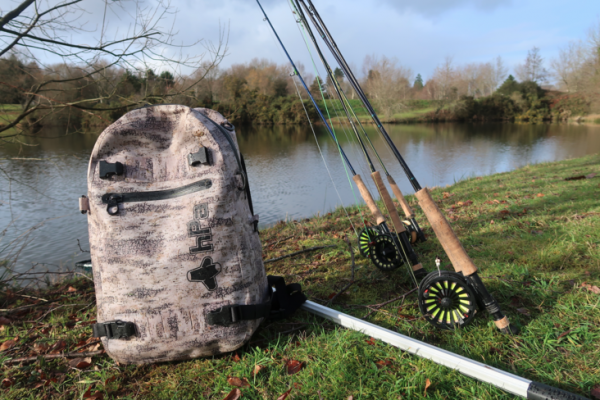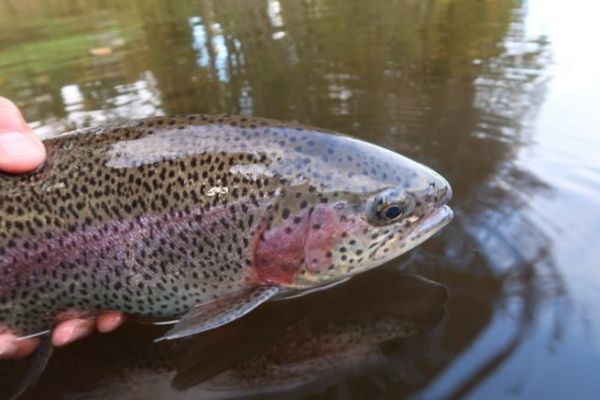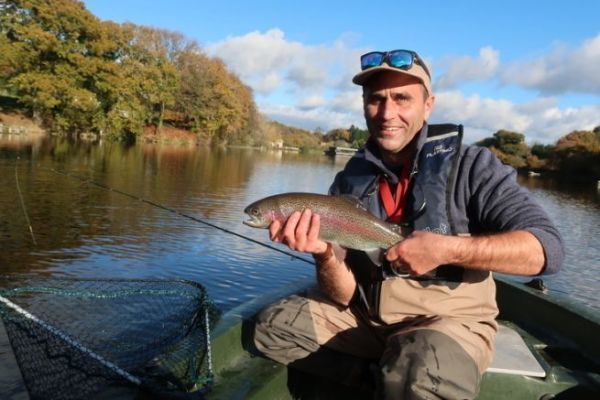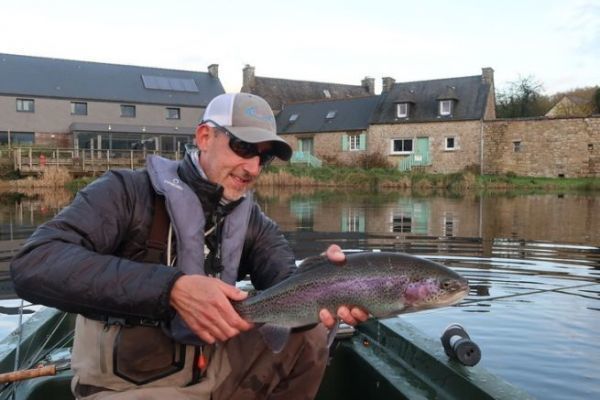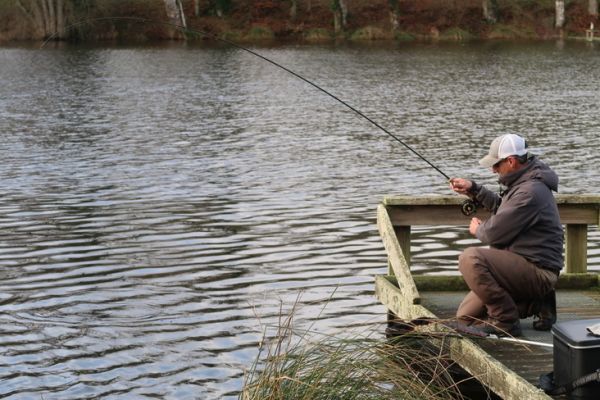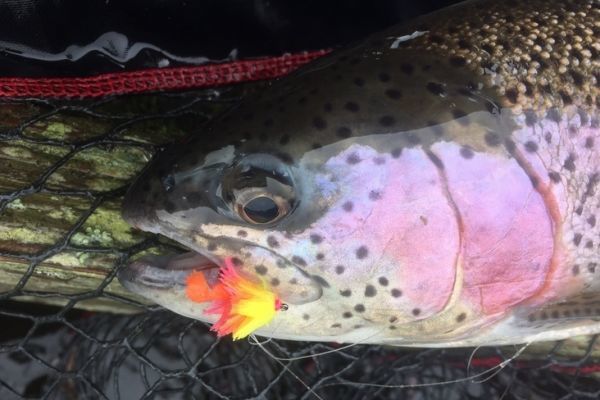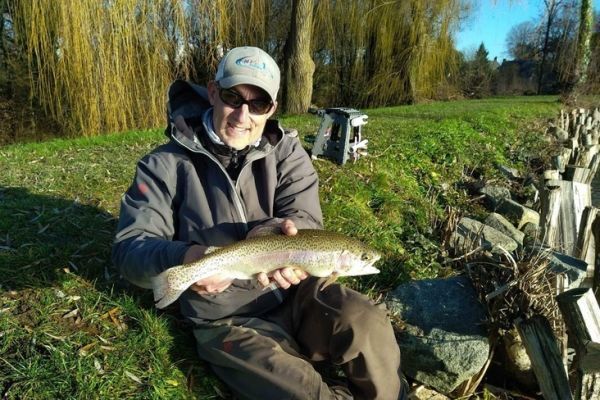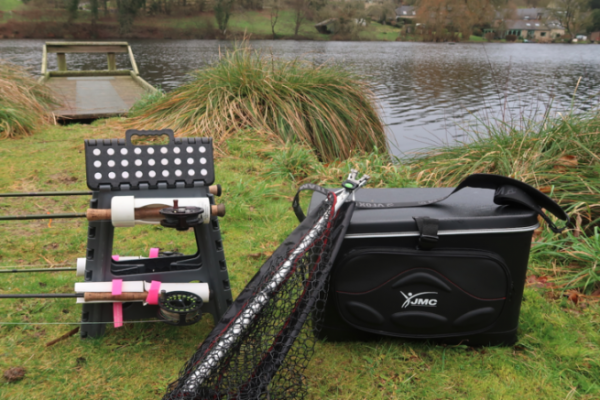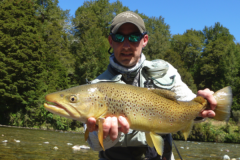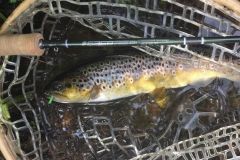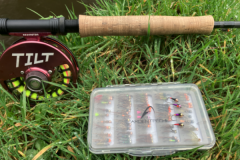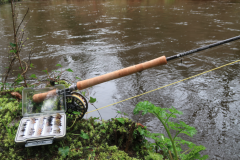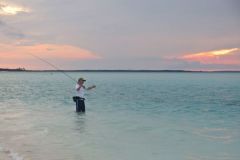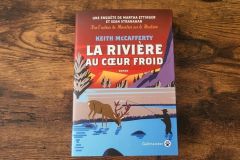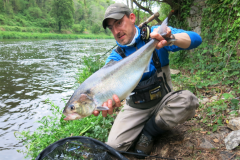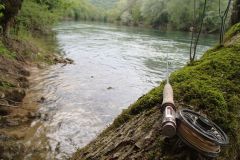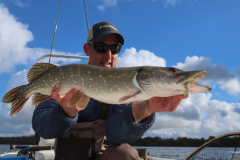Chironomids and their larvae, known as "bloodworms", represent an important part of the diet of fish and especially of trout in lakes. They are present all year round and can hatch at any time. Chiro fishing consists in offering trout imitations of chironomids at different stages of their life cycle.
What is a "chiro"?
The chironoma or "chiro" is a small (about 1 cm) dipteran (two wings) that looks like a mosquito, but does not bite. Its larva, which lives in the mud, is red (called mud worm). It rises to the surface as a swimming larva, then pupates and hatches. The adult is often green, but can also be of different colors. The most used are red, black, black/gray, olive.
All stages of chironomids are of interest to fish, especially trout in reservoirs, lakes and ponds.
Hatchings occur throughout the year, however, they are most intense in the spring and fall.
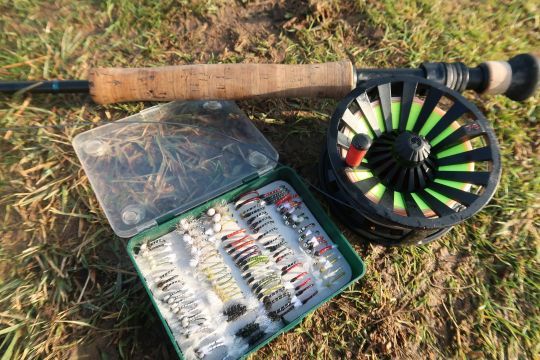
In fishing action, what does it look like?
The "chiros" are thus absolutely to have in its possession to fish all the season in tank. It is necessary to have in its boxes as much of the imitations of the larvas (of bottom), as of the swimming larvas, emergents and adults.
The tank fisherman often uses several flies (3 maximum) on a fly train (several imitations are mounted on the leader).
These imitations can be presented in several "stages" or layers of water depending on the lures used in relation to the activity of the fish. Very often, anglers use them on the surface when the trout are gobbling up the emergents and adults. Trout are fond of them.
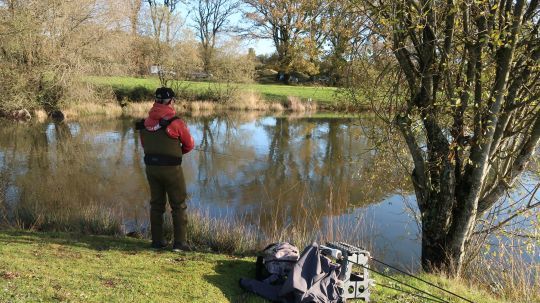
Chiro fishing on the surface and sub-surface
It is one of the most interesting fishing in reservoir. It is practised when we see gobages which are very often due to the hatching of chironomids which the trout regularly feast on.
In this case, the angler can use a single fly that floats or remains in the water film depending on what the trout are interested in. The fly must be cast and placed delicately near the gobages and wait for the trout to rise. It is a static fishing, of patience. When the trout comes up to take the fly, it is always a magic moment.
It is possible to mount two flies with two different stages or two colors, to find out what works.
In all cases, the fishing is visual and very exciting. Refusals are common, as trout can be very selective and only take one size, color, or water level.
It is sometimes necessary to fish very small (20, 22) even if often, we use imitations in size 16/14. The diameter of the leader is also important, especially when the trout are educated. It is possible to go down to 15/100 or even 12/100, but beware of breakage!
When fishing with two flies (tandem), the dry fly (which floats) also serves as an indicator. When it sinks, it means that a trout has taken the one below. It is then necessary to strike quickly, but gently.
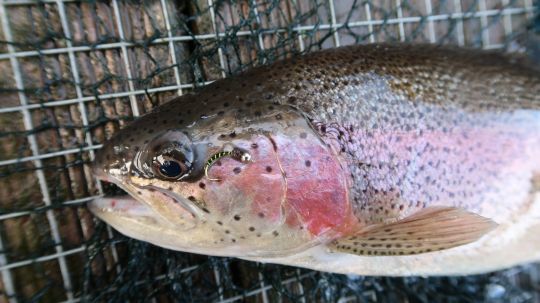
Fishing for chironomids in drowned water
In this case, we often use 2 to 3 flies. The train of flies is then made of a larva imitation, in point, an emerger (under the surface) and a dry one, in potence. But it can be 3 larvae, 2 larvae and an emerger. Ectâeuros¦ the possibilities are numerous. The spacing will depend on the conditions and what the fish take.
Depending on the activity, a floating line, a midge-tip floating line or an intermediate line (slow to fast) will be used.
In the presence of wind, and when fishing on the surface or sub-surface, the current created by the wind gives life to the flies and it is not necessary to animate them. We take the slack to keep the leader tense in the expectation of a shot that can be discreet, but sometimes a real shot. Be careful not to strike too hard and break at the touch.
In the absence of wind or with intermediate silk, the fisherman often animates his flies by "knitting" the silk. That is to say, by bringing the line back very gently between his fingers. It is possible to take breaks, or to accelerate, to find what triggers the trout and at what height you should position your flies in the water layer.
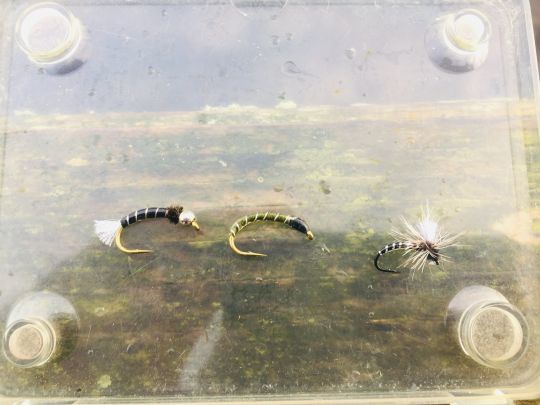
Chiro fishing between two waters
If the trout are moving deeper, it is possible to offer them a train of "chiros" in plunging line. An S3 line is very appropriate. The same procedure can be used to animate the flies by pulling or knitting. Once again, you will have to find what works and what the trout like.
It is common for anglers to rig a chiro nymph on top of another fly, such as a streamer. The trout can be attracted by the streamer and then take the nymph. This can sometimes be a good way to get a good bite.
Fishing for chiro at the bottom
When fishing with a sinking line, when the trout are stuck to the bottom, it can be very effective to tie a large (10/12) chiro, often black or red, under a floating fly such as a booby or a FAB (floating blob) which keeps the chiro above the bottom.
This technique works especially when the trout are selective and educated.
In conclusion, chiro fishing is possible in many ways and complementary to streamer fishing, boobies and other techniques. The trout are sometimes focused on these insects and do not take anything else.
It is therefore essential to master all these ways of using them to sometimes make a difference.
